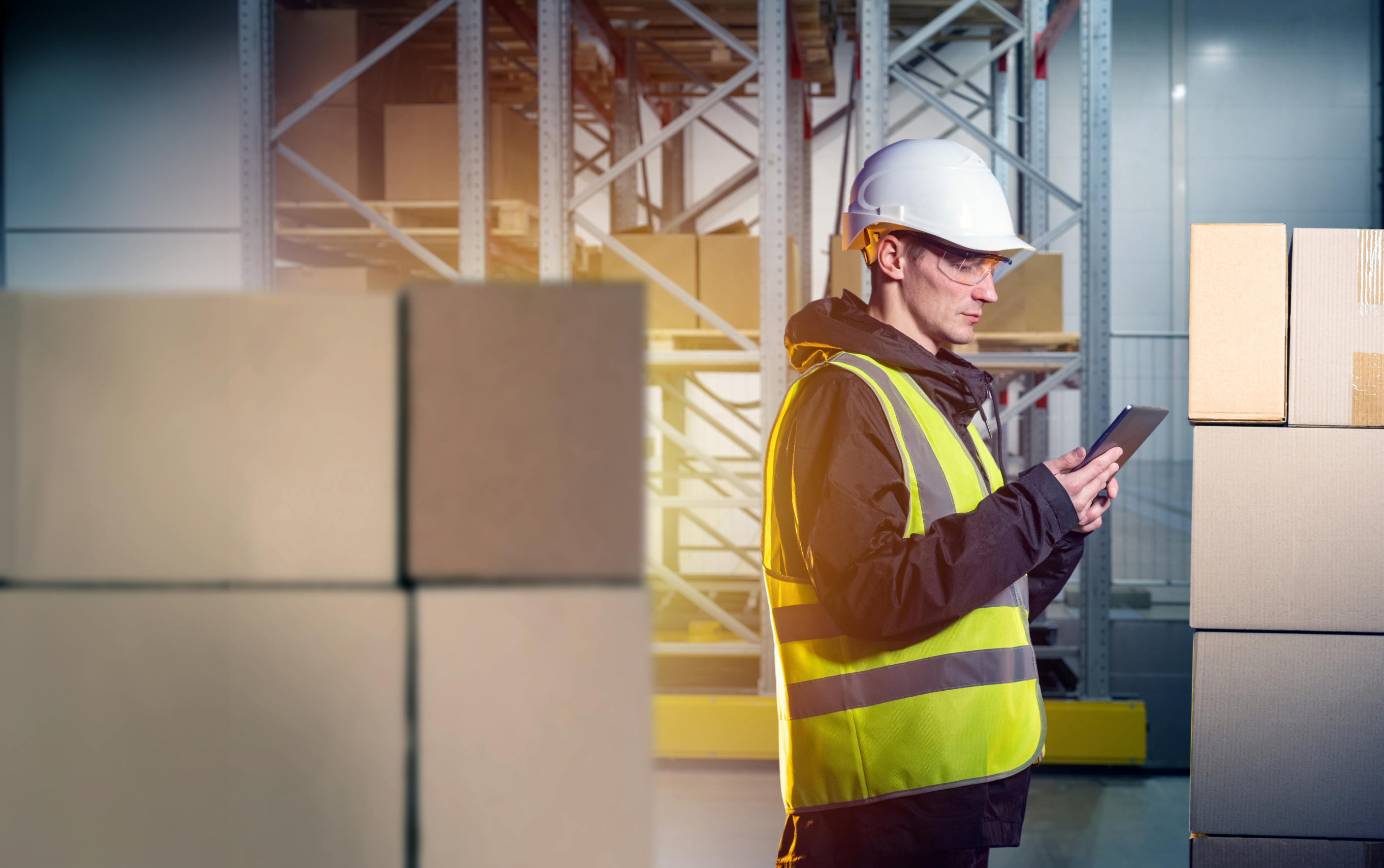Lone workers face unique risks that can make their jobs more hazardous than those of their colleagues who work in teams or supervised environments. In sectors like healthcare, construction, and security, the dangers of working alone are amplified by the lack of immediate assistance in emergencies.
This is where GPS technology as a worker safety solution becomes a game-changer, providing an essential layer of protection that can mean the difference between life and death in critical situations. In this blog, we will explore why GPS technology is crucial for lone worker protection and how it enhances the effectiveness of safety solutions.
Understanding the risks faced by lone workers
Lone workers are employees who work alone without supervision or colleagues nearby to help in an emergency. Lone workers in Australia are prominent in a variety of industries, including healthcare, utilities, construction, and maintenance. The nature of their work often exposes them to several risks, such as:
- Accidents and injuries: Without immediate assistance, even minor accidents can become serious if help is delayed. Falls, machinery malfunctions, or exposure to hazardous substances are just a few examples of potential dangers.
- Violence and assault: Lone workers in public-facing roles, such as healthcare professionals or security guards, are particularly vulnerable to violence or assault from the public. Therefore, personal self defence and support devices are crucial.
- Medical emergencies: Workers with pre-existing health conditions or those working in remote areas are at risk of medical emergencies where timely intervention is critical.
The absence of prompt help in such situations can exacerbate the severity of an incident, leading to more significant harm or even fatalities. This highlights the importance of having effective safety measures in place, with GPS technology playing a pivotal role.
How GPS technology enhances lone worker safety
GPS (Global Positioning System) technology has revolutionised the way we approach safety for lone workers. By providing real-time location tracking, GPS-enabled devices ensure that the worker’s exact location is known when the alarm is activated, making it easier to dispatch help quickly in an emergency. Here’s how GPS technology contributes to lone worker safety:
1. Real-time location monitoring upon alarm activation
One of the most significant advantages of GPS technology in lone worker safety devices is its ability to provide real-time monitoring of a worker’s location. In the event of an emergency, knowing the exact location of the worker is critical for ensuring a swift response. For instance, if a lone worker activates their duress alarm, the GPS system can immediately relay their location to the monitoring centre, enabling first responders to reach them without delay.
This is particularly important in industries like construction or utilities, where workers may be spread across large, remote areas. GPS technology eliminates the guesswork involved in locating a worker, reducing response times and potentially saving lives.
2. Geo-fencing for enhanced safety
Geo-fencing is a feature enabled by GPS technology in lone worker alarms that allows for the creation of virtual boundaries around specific geographic areas. When a lone worker enters or exits a designated area, an alert can be triggered to notify supervisors or monitoring centres. This is especially useful in scenarios where workers need to stay within a safe zone or when their job requires them to enter high-risk areas.
For example, in the case of a maintenance worker operating near a hazardous site, geo-fencing can ensure that their movements are monitored, and any deviation from the safe zone triggers an alert, prompting a safety check.
3. Automated check-ins and man-down alerts
GPS-enabled devices, like SafeTCard’s lone worker app, often come with features that allow for automated check-ins and man-down alerts. These functions are designed to monitor the worker’s well-being continuously. For example, a man-down alert is activated if the device detects a sudden fall or lack of movement, indicating that the worker may be unconscious or incapacitated.
Automated check-ins, on the other hand, require workers to confirm their safety at regular intervals. If a worker fails to check in within a specified time frame, the system automatically alerts the monitoring centre, prompting a response. These features ensure that even if a worker is unable to call for help, the system will still detect a potential problem and initiate a rescue.
4. Integration with other safety features
GPS technology can be seamlessly integrated with other safety features, such as two-way communication, SOS buttons, and incident reporting tools. A prime example of this is SafeTCard’s 4G Companion. This integration creates a comprehensive safety solution that not only tracks the worker’s location but also allows for immediate communication and action in emergencies.
For instance, SafeTCard’s lone worker devices combine GPS tracking with 24/7 monitoring when alarm is activated and two-way communication, providing a robust solution that ensures workers are never truly alone. These devices offer features like real-time audio communication, which allows the worker to speak directly with a safety operator in the event of an emergency, providing crucial information about their situation.
The role of GPS in compliance and reporting
Beyond enhancing safety, GPS technology also plays a crucial role in ensuring compliance with workplace safety regulations. Many industries are subject to stringent safety standards that require employers to protect their lone workers adequately. GPS tracking provides a verifiable way to demonstrate compliance by documenting the location and status of workers in real-time.
GPS data can also be invaluable in post-incident reporting and analysis. If there is an accident or emergency, the GPS log can show what the worker was doing before it happened. This information can be used to improve safety protocols and prevent similar occurrences in the future.
GPS technology in action
Consider a case where a utility worker is dispatched to repair a power line in a remote area. The worker is equipped with a GPS-enabled lone worker device.
During the repair, the worker accidentally falls and is unable to move. The man-down alert is triggered automatically, and the GPS system immediately sends the worker’s location to the monitoring centre. Within minutes, emergency responders are dispatched to the exact location, where they find the worker and provide the necessary medical assistance.
Without GPS technology, locating the worker in time might have been impossible, leading to a potentially fatal outcome. This scenario highlights the critical role that GPS technology plays in protecting lone workers.
The future of lone worker safety with GPS
GPS technology has become an indispensable tool in ensuring the safety of lone workers. It can track locations in real-time.
It can automate safety checks. It can also work with other safety tools. This makes it a strong solution for reducing risks when working alone.
As technology continues to advance, we can expect even more sophisticated GPS-based safety solutions that offer greater protection and peace of mind for lone workers. For employers, investing in GPS-enabled safety devices is not just about compliance; it’s about creating a safer work environment where employees feel supported and secure, no matter where they are. By leveraging GPS technology in man down alarms, we can ensure that lone workers are never truly alone and that help is always within reach.




